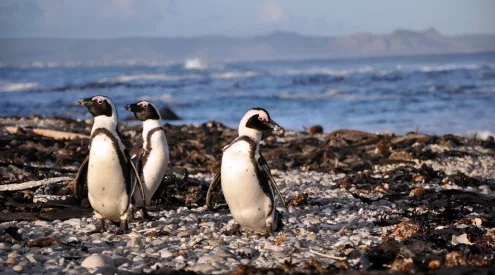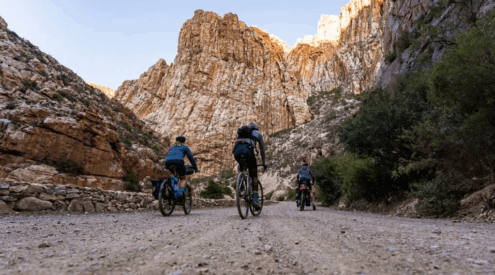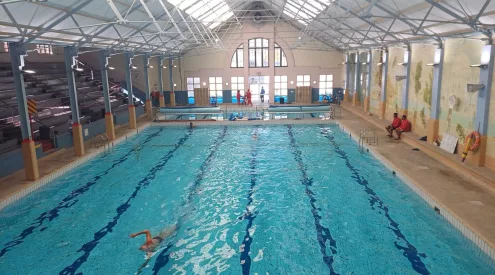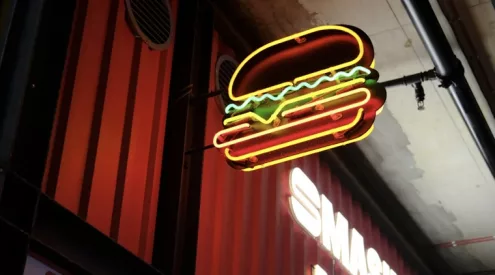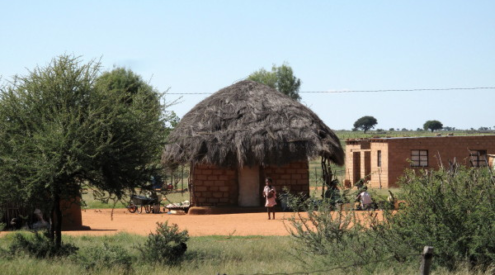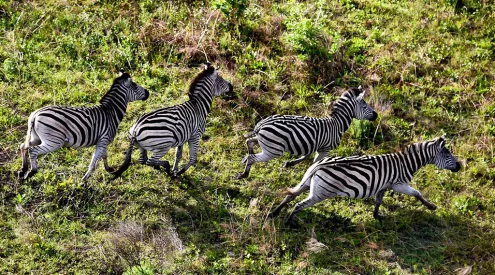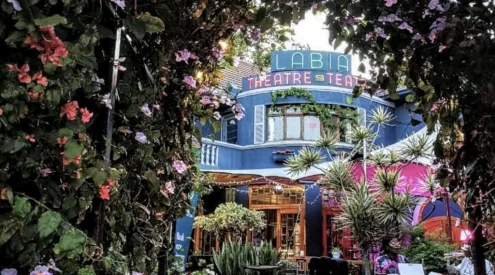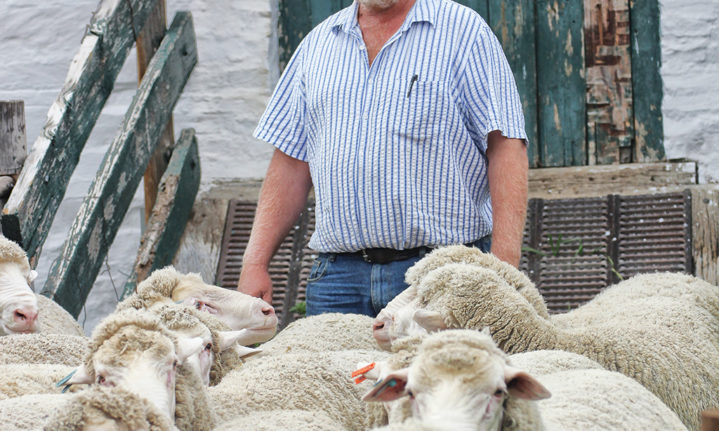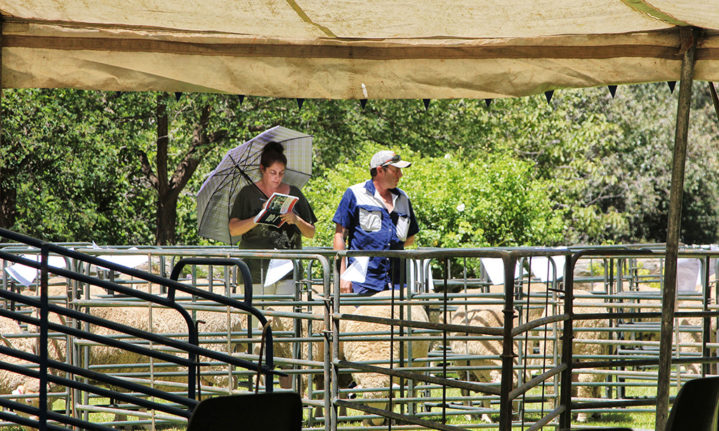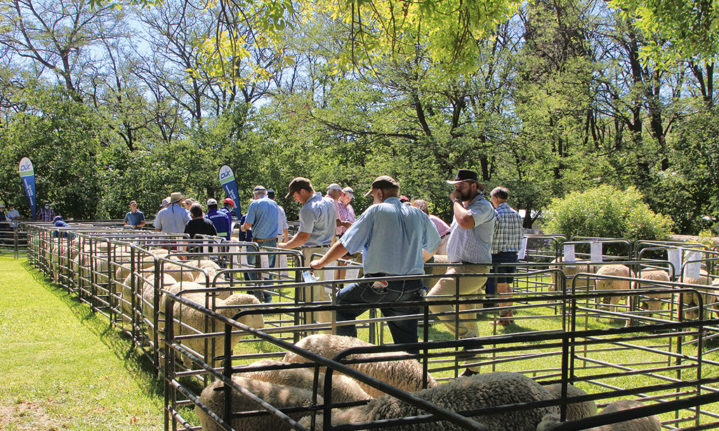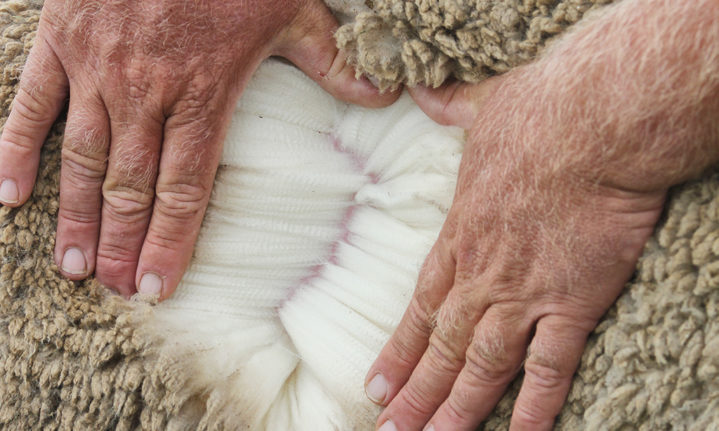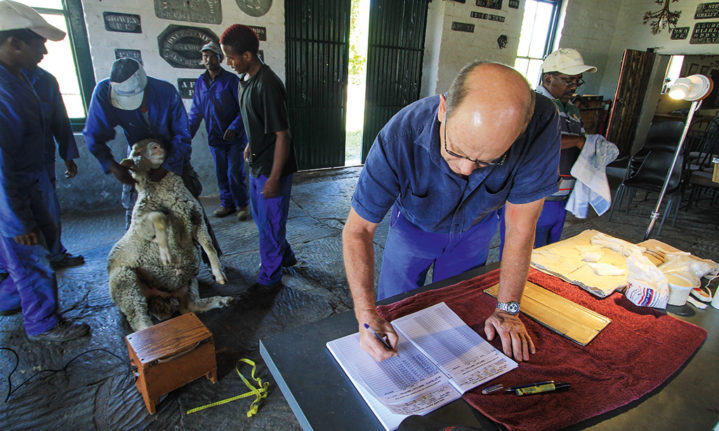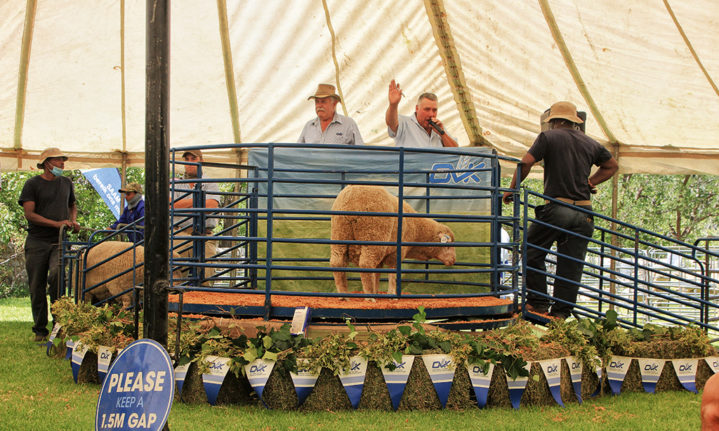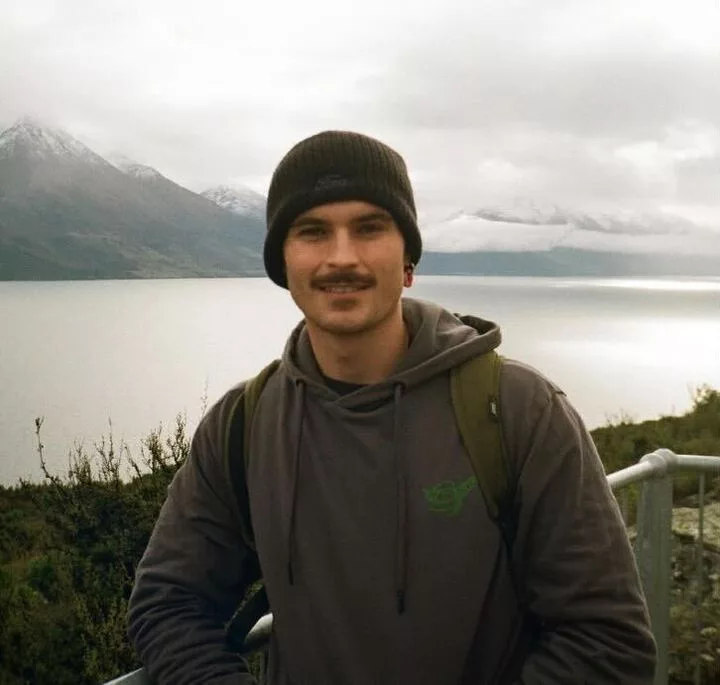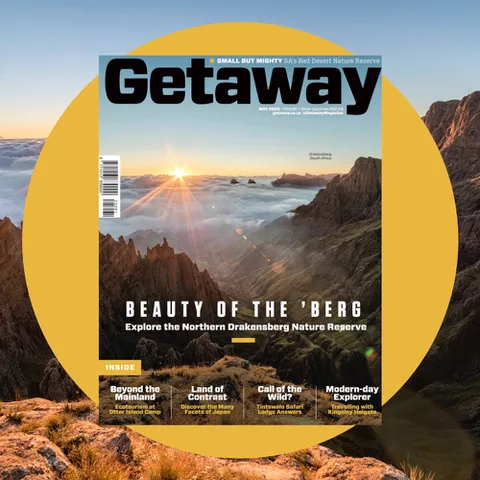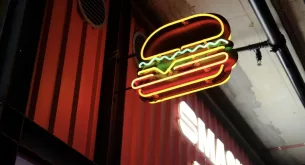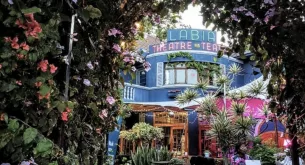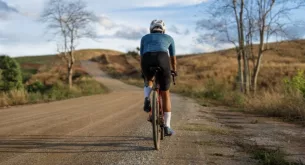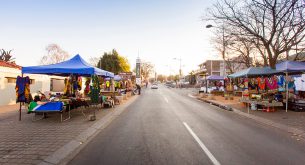The heat is on, stakes are high. Sheep are on show and bidders are circling. It’s a ram auction (and more besides) in the Karoo Heartland.
Words: Julienne du Toit | Photos Chris Marais

Young Dohne Merino rams with a whole new life ahead of them.
We are under strict orders: do not move a muscle when the deal goes down. So we sit, immobile as sundown dassies, quiet as our very own kitchen mice.
But there’s a farmyard fly in the mix, and he’s making still life difficult for us. He darts from Chris’ nose to my ear and back again. Clearly, we are his mission for the morning.
‘Don’t bliksem that fly,’ a friendly warning comes from one row back. ‘You might end up with a prize ram today.’
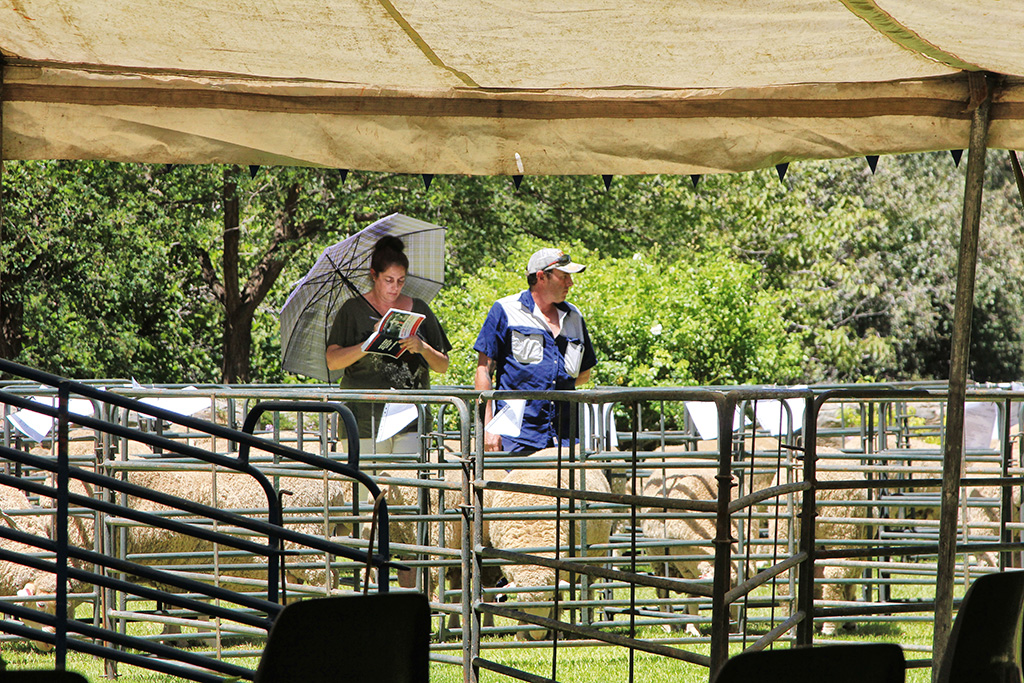
Most of the buyers are male farmers. But there are exceptions.
Despite the late summer Karoo heat in the marquee, no one in the crowd is using the supplied catalogues to ward off pesky flies. At perhaps 25 grand a pop, the Hobson & Steynberg 12th Dohne Merino auction on Ganora Farm outside Nieu-Bethesda is not the place for careless whispers or sudden movements.
Jakkie Nel, the auctioneer, hits his straps in full-on Graaffrikaans, that priceless Karoo patter that blends English, Afrikaans and the occasional Xhosa word into one sentence:
‘Lekker sterk, manlike kop. One of a twin. Besonderse goeie bouvorm. Thank you Fransie, jy kry jou ram. Alle voorspoed. Now here is a lovely ram, all his figures are there, hy hanteer sag and he has his whole life in front of him. Nine thousand rand. All done, all through, I’m lifting my hammer. Thank you madam, you get your ram, and can take it all the way to Aberdeen!
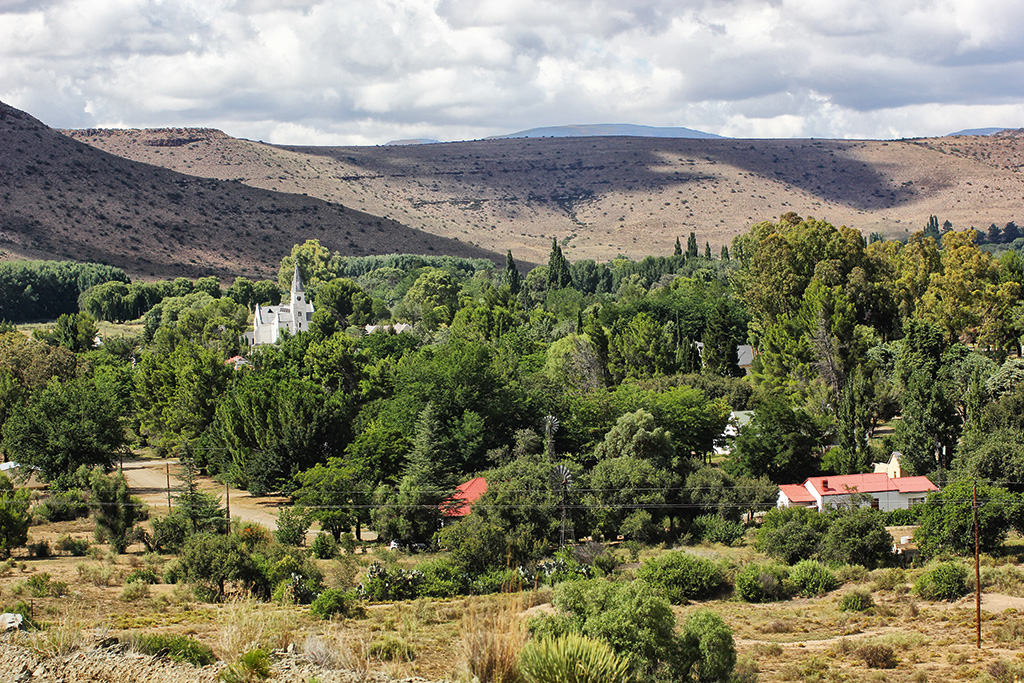
Nieu-Bethesda, with its thick growth of trees and the church spire poking through.
‘Wat sê jy, Kobus my ou maat? Mr Bailey, what about you? This one has length, this one has quality, I will knock it down to six thousand, it’s your lucky day. Oh, it’s a fly! I take that bid back.’
A good Karoo auctioneer is a magical mix of televangelist, toastmaster and down-home familiar. He knows all the backroads, he knows all the beasts and he knows all the blokes.
We can listen to Jakkie Nel all day long. He’s a bit like that guy from the Gunston ad in the days of the old Rhodesian tobacco auctions.
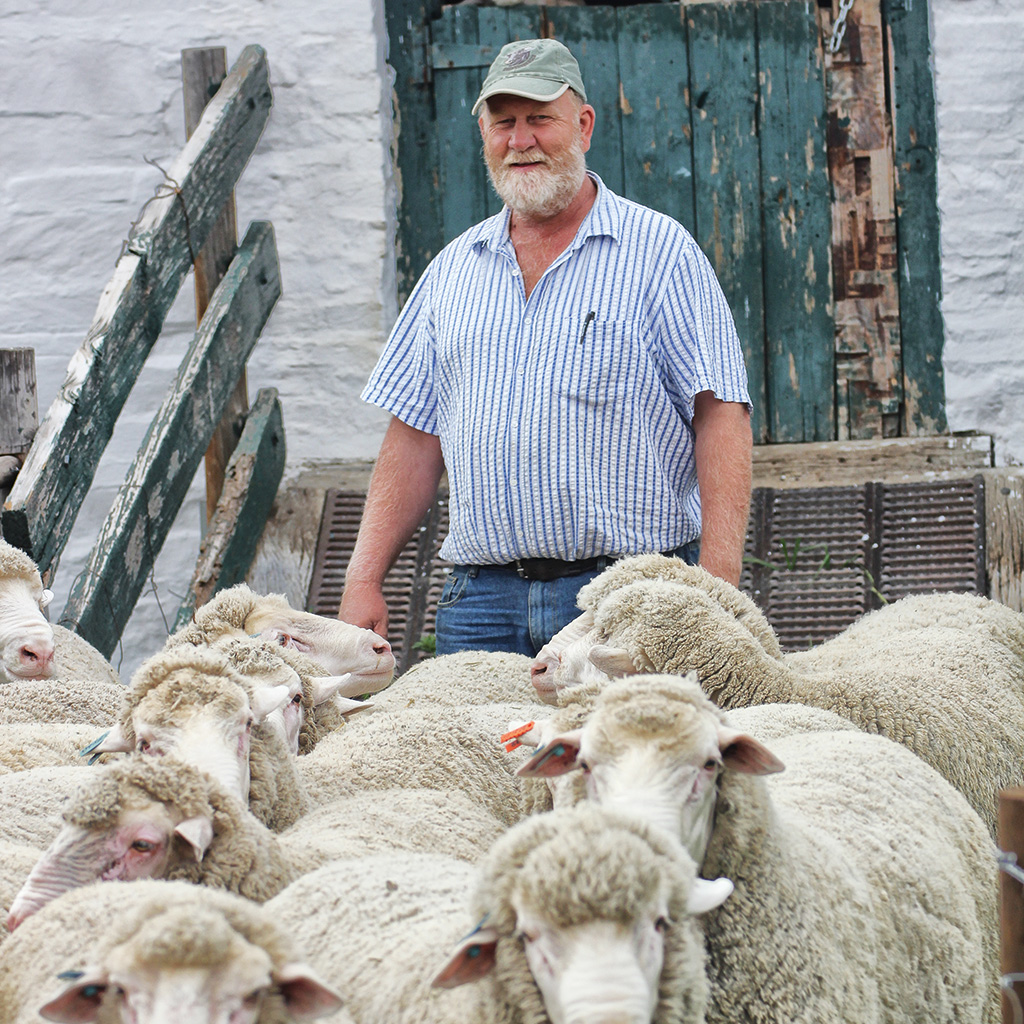
Farmer Jan Peet Steynberg of Ganora farm, completely at home among the livestock.
It’s a Ram’s Life
By early 2021, the Covid-19 pandemic and many years of drought and economic depression have sent the wool price down and the meat price rocketing. It’s been such a difficult time for farmers that Jan Peet Steynberg of Ganora has absolutely no idea what to expect at his annual Dohne Merino ram auction in February.
If a farmer is seeking to build his flocks, it is the sire that makes the biggest difference in the long term. Money spent buying rams is a clear indication of hope and confidence in the future.
From the day it is born, every aspect of a top ram’s life is scrutinised and recorded. It is weighed at 100 days when it’s weaned. Then it goes out in the veld and toughens up. After 12 months, it is brought in, weighed again, and shorn for the first time. Samples of its fleece are sent to the fleece test centre in Gqeberha (Port Elizabeth), which will pronounce on its length, fineness, the yield and the weight of its clean wool.
At the age of 18 months, a promising ram’s life turns distinctly weird for a month or two. Every January on Ganora, vet Roland Larson comes to do the fertility tests on the males likely to be sold at auction. He sits in a shed on a square box with a winder, wires and a copper rod. The rams are led in one by one, held immobile and anally probed while Dr Larson winds up the device to generate a quick electrical charge. This brief but mildly shocking procedure gives him enough semen to examine later under the microscope. To add to the indignity, the size of the ram’s testicles are measured before it is released into a pen, eyes glazed and chest heaving.
The ram’s fertility is, of course, paramount. It forms part of a dizzyingly complex formula of traits cryptically described on the auction catalogue. These include whether the ram was one of a twin or triplet (highly desirable), how many lambs its mother and father had (and how many were multiple births), its weight after weaning and after being on the veld, as well as the weight and fineness of its fleece.
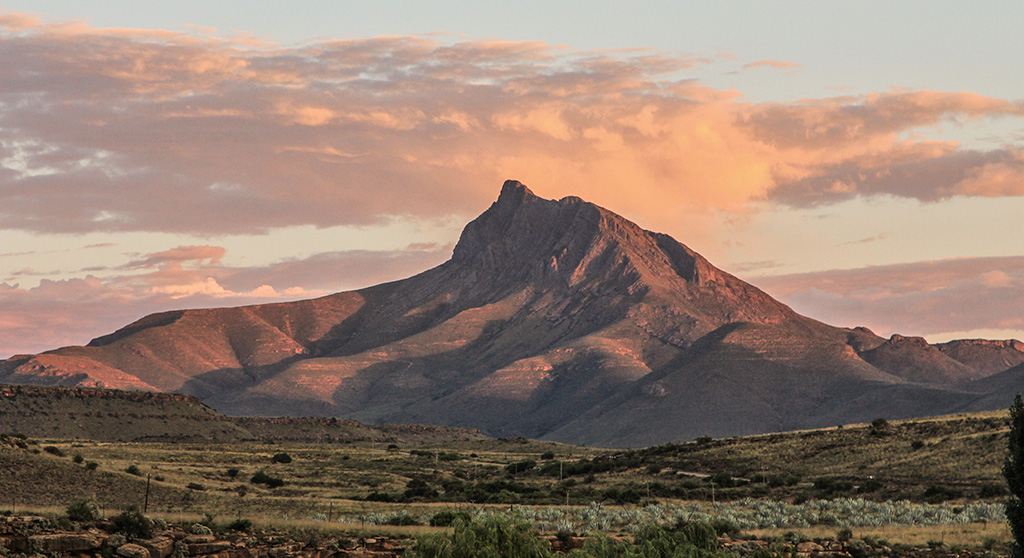
Compassberg, the highest peak in the Karoo, can be seen from almost anywhere around Nieu-Bethesda.
The Pre-Show
We attend the 2021 Dohne Merino ram auction at Ganora. Jan Peet and Graham Hobson of Ebenezer Farm in the Pearston district have teamed up to offer their best saleable specimens for the last 12 years.
Days before, the rams know something is up. They are kept overnight in a small paddock near the auction ring, fascinated by the fluttering OVK co-op bunting, which they take turns to nibble.
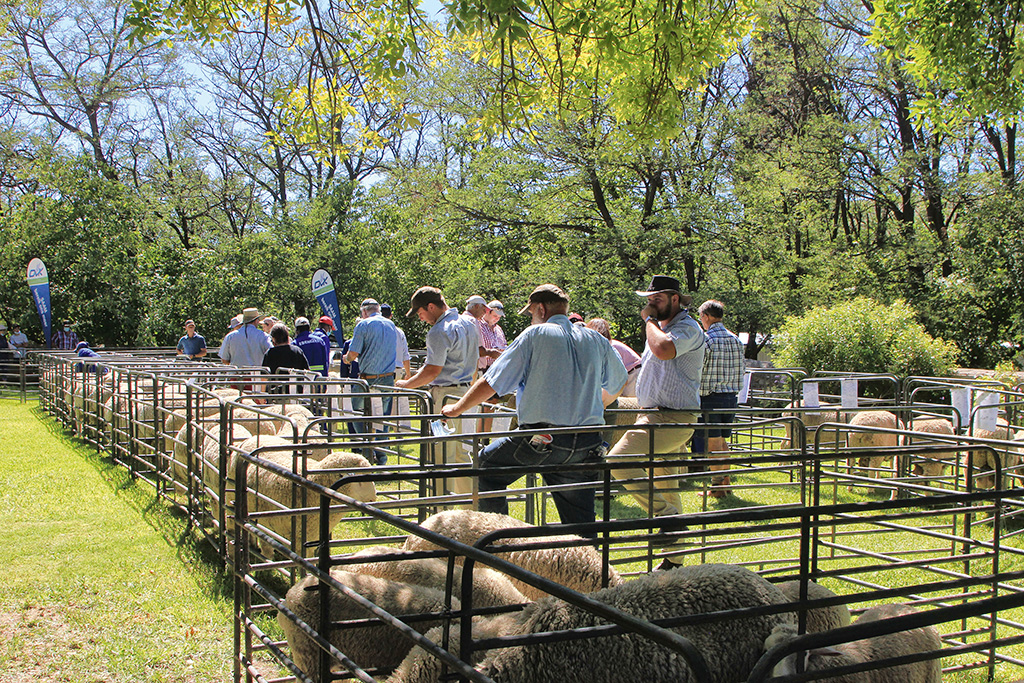
Farmers and agents look over the rams at Ganora before the auction.
On the day of the auction, they are led to their enclosures, and grouped two by two. If they don’t have a companion, they get jittery and inclined to leap. The OVK and BKB co-op guys in their corporate colours patrol up and down the pens, carefully checking the rams and their traits as listed in the catalogue.
But no matter how accurate the description, it’s really the eye- and hand-classing that tell the difference, says Fourie Vosloo of OVK. The livestock handlers help to bring each ram out many times so that the agents, and later the farmers, can run their hands over the beast and open up its fleece to the sun for a good look. It takes serious skill from the farmworkers to manoeuvre 100kg of skittish, woolly testosterone, and keep the animal still while surrounded by touchy-feely strangers.
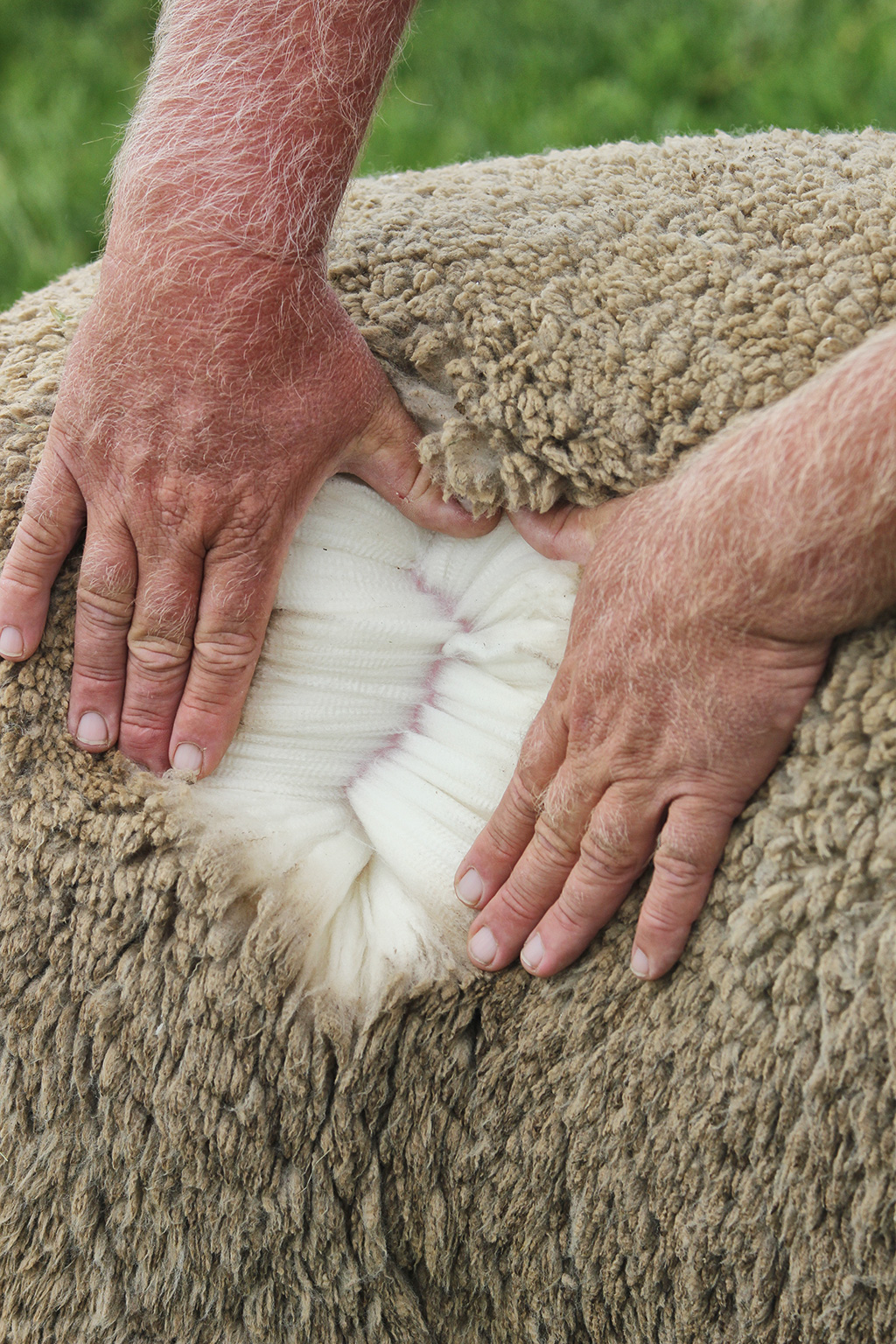
Every buyer first checks the fineness and length of the wool.
Big Men, white bakkies
Over the morning, the farmyard fills up with big men in shorts and sturdy boots, driving white bakkies. Interested buyers come from all over the country, including Ermelo, Vanrhynsdorp, Paarl, various parts of the Free State and of course, the farming districts around Nieu-Bethesda. Everyone knows these are good rams.
The chairs in the marquee are placed a safe distance apart for these pandemic times.
Jakkie Nel takes the microphone, flanked by three assistants who will look out for the nearly invisible finger-twitches, winks and lifted eyebrows that indicate bids from those who don’t want their fellow farmers to know who is bidding on what.
‘I’ve seen farmers sit absolutely still while flies crawl over their faces rather than wave them away and make an inadvertent bid,’ grins Pierre Martin of Cradock OVK.
The rams are lined up, ready to be led into the limelight. A cowbell rings precisely at noon. Bidding starts on Lot 1, a handsome fellow somewhat bemused by the sawdust-covered rostrum that keeps revolving beneath his hooves.

Graaff-Reinet vet Roland Larson records the statistics of a hapless young ram brought into Ganora’s shearing shed for his fertility test.
Jakkie extols his multi virtues in a compelling machine-gun singsong, switching between Afrikaans and English with ease as each ram is led up to the rostrum.
The assistants on either side of him announce each secretive bid with a loud ‘Hup’ and the price jumps by R500 or R1 000 each time.
Jakkie continues through the rams on auction, exhorting the buyers.
‘Look at his head and his back. Look how he moves. His mother bore eight lambs from five pregnancies. Are you through and are you done? No more bids? The hammer comes down on R27 000. Congratulations to the buyers. This excellent ram is headed for Cradock.’
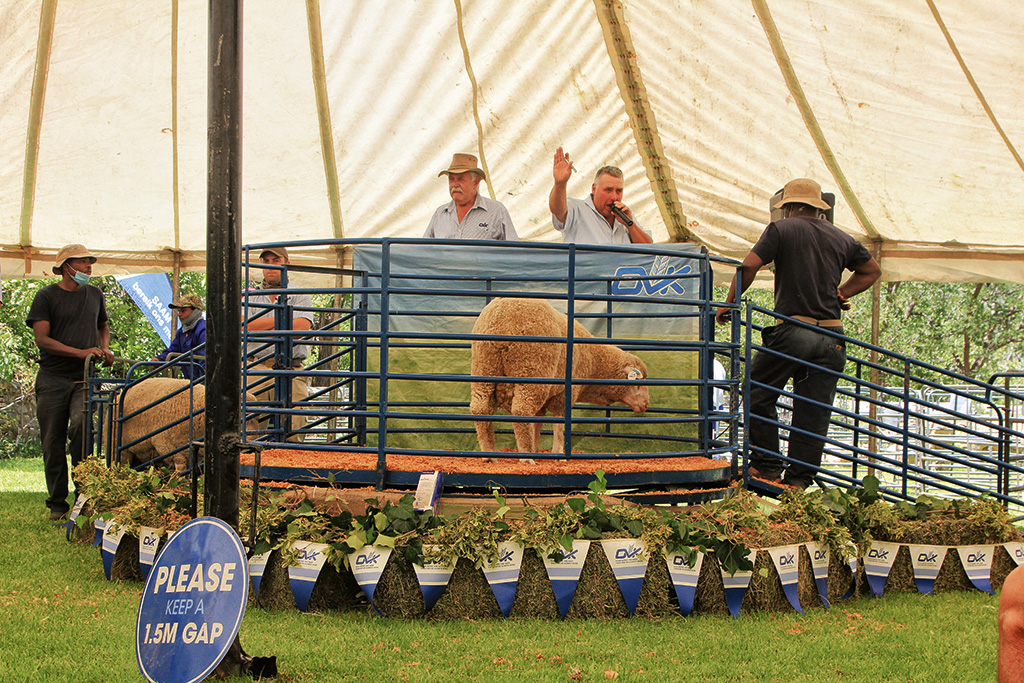
Auctioneer Jakkie Nel on the right: ‘Are you through and are you done? No more bids?’
In the wake of the auction, Graham and Jan Peet pronounce themselves more than happy with the prices. Fellow farmers have clearly shown they have confidence in their stock and hope in Karoo sheep-farming going forward.
The rams are loaded. After a torrid few weeks, they are off to start their new lives where a harem of willing ewes await. The party starts and the bloodlines continue.
ALSO READ


